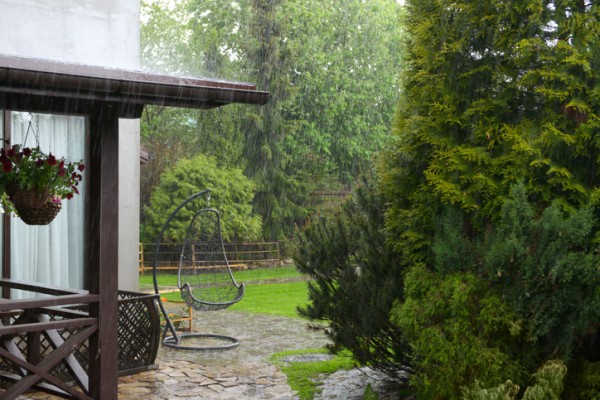
New research from the University of South Australia (UniSA) warns that stronger La Niña weather cycles are creating new risks for homeowners, builders and infrastructure planners.
Published in the Journal of Environmental Management, the study shows that prolonged rainfall during La Niña is intensifying shrink–swell movements in expansive clay soils. These soils expand when saturated and contract during dry spells, destabilising house foundations, cracking pipelines and damaging pavements.
Analysing more than a century of rainfall and climate data, UniSA researchers tracked La Niña’s impact across Australia’s regions. Their findings point to an urgent need to adapt construction practices and maintenance strategies to a climate that is becoming less predictable.
Key findings include:
- La Niña events fluctuate, with long high-frequency periods in the late 20th century, a lull, and a strong resurgence over the past 25 years.
- Expansive clay soils are highly sensitive to rainfall shifts, swelling during La Niña and shrinking during El Niño.
- Home owners, insurers and regulators must consider long-term climate variability, not just short-term cycles, when managing soil risks to building foundations.
Lead author Professor Simon Beecham says climate variability needs to be factored more directly into building codes and planning frameworks.
“Even small shifts in climate cycles can cause cracking, subsidence or costly repairs,” he says.
With heavier rain and longer droughts expected, researchers stress the importance of preparing for greater extremes. Past events already show the risk: when La Niña followed the Millennium Drought (1997–2009), soils expanded after years of dryness, damaging thousands of homes.
“Climate change could significantly affect homes across Australia, yet it’s barely considered in development strategies,” Simon says. “It’s time to take it seriously.”





